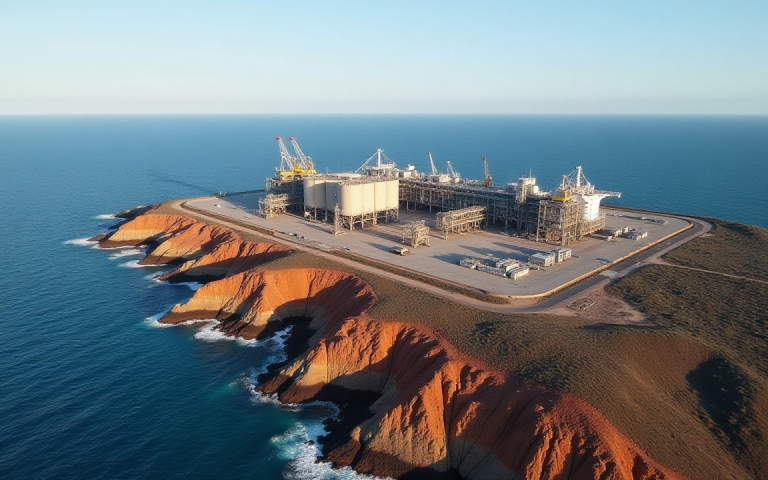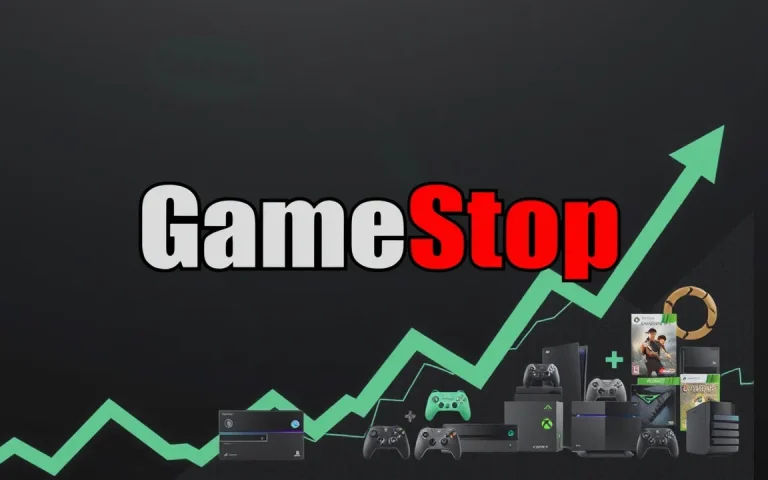On Tuesday, US natural gas price extended losses from the previous session in reaction to forecasts of warmer weather in most parts of the country. Near-record output and ample inventories have further fueled the pullback, even as the bulls remain in control. Meanwhile, European prices are under selling pressure as investors weigh the prospects of a peace deal and subsequent easing of Russian sanctions.
Europe Vs US natural gas prices: The paradox that lies within
This time of the year is usually marked by higher natural gas prices as investors price in increased warming demand during the Northern Hemisphere’s winter season. In fact, weather forecast is one of the bullish factors that bolstered US natural gas prices to a three-year high late last week. Besides, record LNG exports to Europe have fueled the months-long rally.
While the short-term outlook remains positive, investors appear to weigh on whether the recent surge is the onset of a larger bullish trend or just a weather-driven spike that will soon fade. Indeed, this dilemma, coupled with the expected profit-booking, explains the pullback recorded since the start of the week.
According to the updated weather forecast, most parts of the US are expected to experience warmer temperatures in the near term. Atmospheric G2 has indicated that the eastern and southern US will be colder for the period between 18th and 22nd December, while other regions remain warmer.
In its latest weekly report, EIA highlighted a draw of 12 Bcf compared to the expected 15 Bcf. Subsequently, the surplus surged from 160 Bcf to 191 Bcf. In addition to the ample amount of natural gas in storage, the near-record output is weighing on the prices.
Nonetheless, steady LNG exports continue to offer support to US natural gas prices while exerting selling pressure in the European market. In the current month, the natural gas flows to the eight major LNG export plants within the US are averaging at 18.9 Bcf/per day compared to the monthly record high hit in November at 18.2 Bcf/per day.
Meanwhile, prospects of a peace deal that could see the return of Russian gas have pushed the benchmark for European prices, Dutch TTF, to the lowest level since April 2024.
US natural gas price technical analysis
Late last week, the Henry Hub natural gas futures rallied to a three-year high at $5.50 per MMBtu as it marked seven consecutive weeks of gains. Since late September, it has recorded higher highs and higher lows as a positive demand outlook fuels the bullish sentiment.
On Tuesday, it extended losses from the previous session, having pulled back below the psychologically crucial zone of $5.00. At the time of writing, the US natural gas was trading at $4.81.
Despite the pullback, the bulls are still in control as the asset continues to trade above the 25 and 50-day EMAs. Indeed, the decline can be perceived as a cool-off rather than trend reversal.
In the immediate term, the range between Monday’s intraday high of $5.20 and the resistance-turn-support zone of $4.70 will be worth watching. Below that zone, the bulls will be keen on defending the crucial support at $4.50 as they gather enough momentum for a rebound. On the flip side, a bounceback past the range’s upper limit will give buyers a chance to retest the 3-year high at $5.50.
The post US natural gas price analysis: Weather-driven spike or onset of bullish trend appeared first on Invezz










